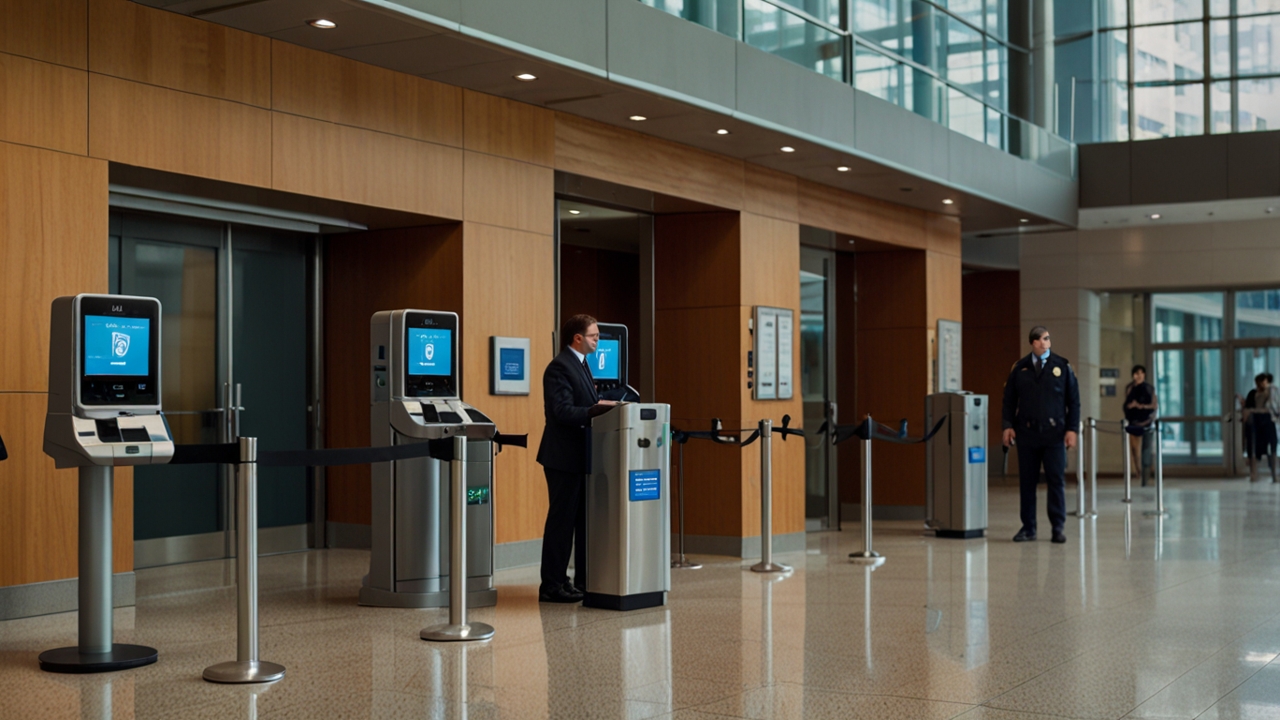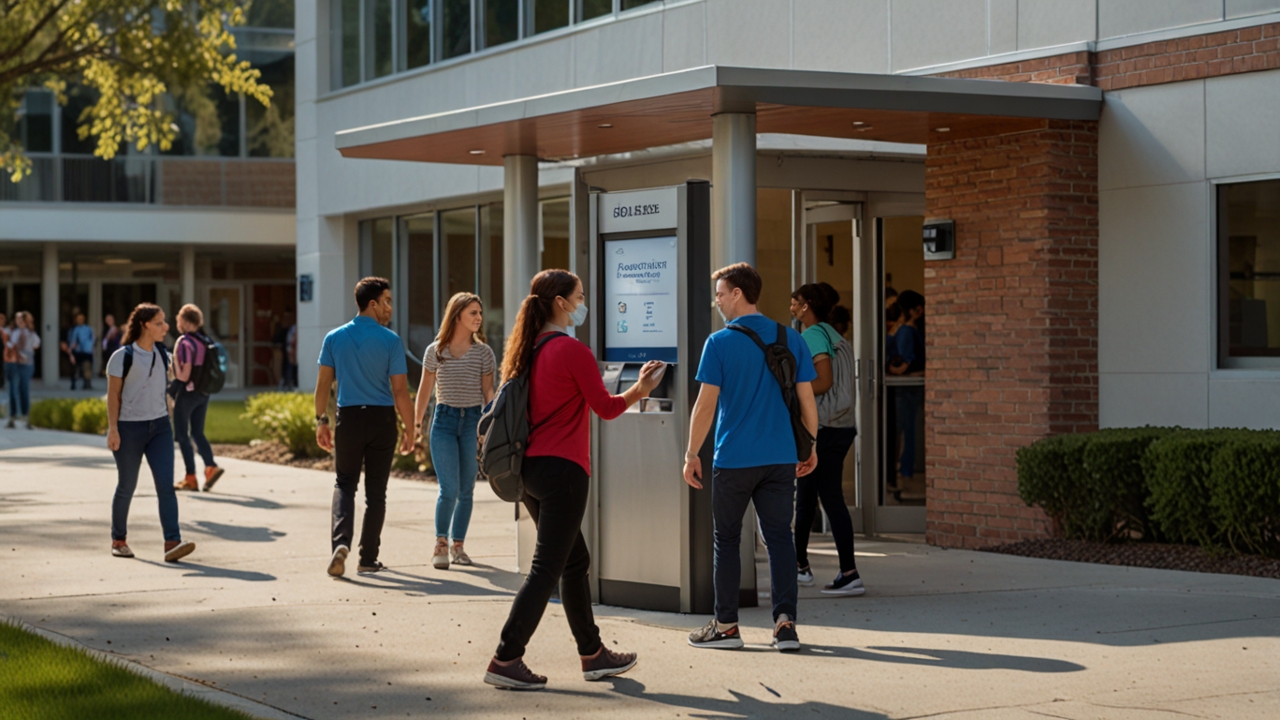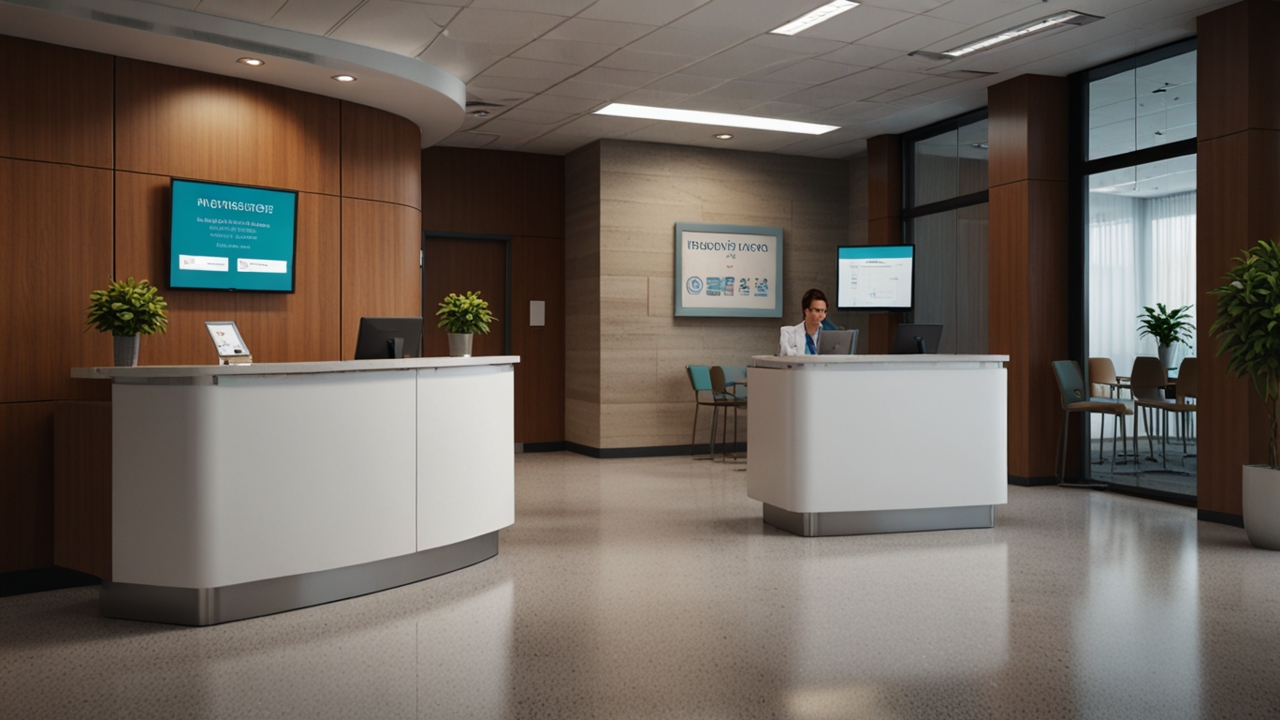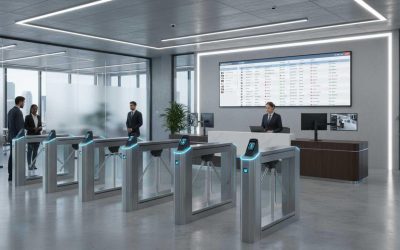
Modern corporate offices rely heavily on secure and efficient visitor management systems to protect intellectual property, maintain professional work environments, and ensure streamlined daily operations. Companies today often receive clients, job applicants, vendors, and partners on a daily basis, making the control and documentation of movement within office premises essential. Without an organized visitor management system, front desk procedures become prone to delays, miscommunication, and errors. A modern digital system simplifies registration, badge issuance, sign-ins, and even integrates with backend security protocols, providing a seamless and secure experience from arrival to exit.
Corporate spaces often face challenges related to identity verification and access control. Traditional pen-and-paper logbooks offer minimal verification and can expose confidential visitor information to the public. Digital visitor management platforms address this by automating identity checks, capturing digital signatures, scanning IDs, and storing data securely. In addition, many organizations integrate these systems with employee directories and communication platforms, enabling quick notifications when a guest arrives. This not only boosts operational speed but also enhances the professional image of the organization.
Furthermore, compliance regulations such as ISO standards, GDPR, and industry-specific protocols require businesses to maintain accurate visitor logs and ensure data privacy. A digital visitor management solution can automatically store logs for audit purposes, manage access levels, and restrict unauthorized entry. It can also reinforce health and safety regulations by screening visitors before granting entry, particularly in instances requiring health declarations or NDA confirmations. Corporate offices adopting these solutions position themselves as secure, efficient, and forward-thinking workplaces.
Visitor Management in Government and Public Agencies

Government institutions manage large numbers of daily visitors, each with different levels of access requirements. From citizens seeking services to contractors, officials, and suppliers, the flow of individuals requires systematic control to maintain transparency, safety, and documentation. Digital visitor management systems help automate registration processes, reduce queues, and eliminate manual record-keeping errors. They ensure that every visitor has a defined purpose and is traceable within the facility, which is vital for agencies responsible for sensitive public data and operations.
Public facilities often require strict adherence to security protocols due to the presence of crucial infrastructure, classified information, or high-profile personnel. Visitor management systems enhance entrance security by verifying identities through government IDs, biometrics, or pre-registration links. Security teams can pre-approve visitor lists and restrict access to certain floors or rooms. Moreover, real-time tracking allows facility managers to understand where visitors are located at any given moment, improving both situational awareness and emergency preparedness.
In addition to improving security, digital visitor management enhances public service efficiency. Automated queuing, appointment scheduling, and digital wayfinding reduce waiting times and confusion inside government buildings. Visitors receive clear instructions regarding who they are meeting, where to go, and what documents they may need to prepare. This structured approach reflects professionalism, reduces frustration, and helps build trust between citizens and government institutions.
Visitor Management in Educational Institutions

Schools, colleges, and universities are dynamic environments with students, parents, faculty, service personnel, and guests frequently entering and exiting campus grounds. Ensuring campus safety requires knowing who is on-site at all times and why. Traditional manual entry logs cannot meet the speed and accuracy required in large educational settings. Modern visitor management systems offer instant digital check-ins, identity verification, and automated notifications to staff members, strengthening campus security and reducing administrative workload.
Educational institutions must also enforce strict access restrictions, especially regarding sensitive areas like laboratories, dormitories, and administrative offices. A centralized visitor system ensures that only authorized visitors are allowed entry and tracks movement across designated zones. This system becomes especially crucial when handling student pick-ups, where identity verification is mandatory to prevent unauthorized or mistaken release. By digitizing these processes, institutions improve child safeguarding protocols and campus oversight.
In addition, generating accurate visitor records supports emergency planning and response procedures. In the event of lockdowns, evacuations, or incident investigations, school administrators must have quick access to real-time visitor information. Digital visitor tracking enables fast roll calls, ensures accountability, and allows emergency personnel to respond effectively. This strengthened situational awareness contributes to creating a safer learning environment.
Visitor Management in Healthcare Facilities

Healthcare institutions such as hospitals, clinics, and specialized treatment centers must balance accessibility with strict safety and hygiene protocols. Visitors often come to see patients, attend appointments, or support family members, and each case requires careful oversight. A modern visitor management system supports efficient patient visitation schedules, reduces congestion at reception areas, and ensures proper documentation for security and health compliance.
Healthcare environments must also comply with public health regulations, particularly regarding infectious disease control. Digital visitor management makes it easier to record visitor health screenings, vaccination proof, or entry questionnaires. It can also automatically limit the number of visitors per patient or per ward, helping medical staff manage occupancy levels safely. These structured processes reduce stress on healthcare workers while improving the experience for visitors and patients.
Additionally, digital visitor logs play an important role in emergency and contact tracing situations. Healthcare facilities must always know who has entered the premises and when, especially if exposure concerns arise. A secure digital record enables quick identification and communication, supporting rapid response and containment procedures. This enhances patient and community safety, contributing to trust and reliability in healthcare operations.
Visitor Management in Industrial and Manufacturing Facilities

Industrial plants and manufacturing sites contain heavy machinery, restricted zones, and hazardous operations, making controlled access essential for safety. Visitor management systems ensure that only authorized individuals can enter the facility and that every visitor is aware of safety guidelines before entering operational zones. This process may include digital signing of safety briefings, watching instructional safety videos, or printing badges that indicate access levels and escort requirements.
Different types of visitors, such as inspectors, contractors, delivery personnel, and business clients, often require specific clearances. A digital visitor management system enables facility managers to assign customized permissions and track visitor movement throughout the site. This level of oversight helps prevent accidents, unauthorized access, and operational disruptions. Additionally, visitor time logs support compliance with safety and occupational regulations, which are critical in industrial environments.
Emergency response procedures in manufacturing environments rely on accurate, real-time occupancy data. If an incident occurs, facility supervisors must know exactly who is inside the building and where they are. Digital visitor management ensures that emergency evacuation lists are always current and accessible. This real-time accountability significantly improves worker and visitor safety during critical situations and supports rapid emergency coordination.
RELATED POSTS
Visitor Management Solutions for Corporate Offices
In the modern business world, corporate offices have become hubs of constant interaction where clients, vendors, consultants, and potential partners come and go daily. Managing this steady flow of visitors using traditional logbooks and manual check-ins is not only...

